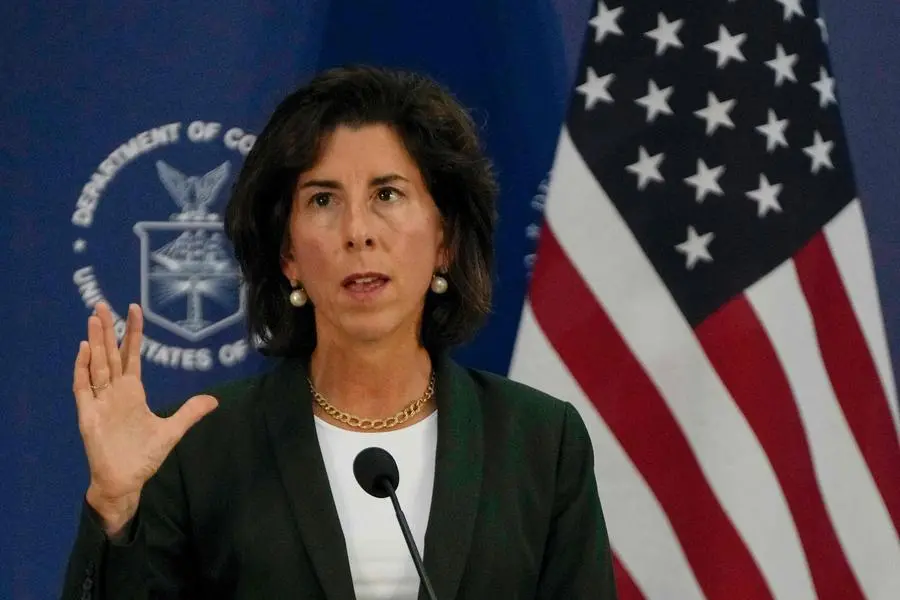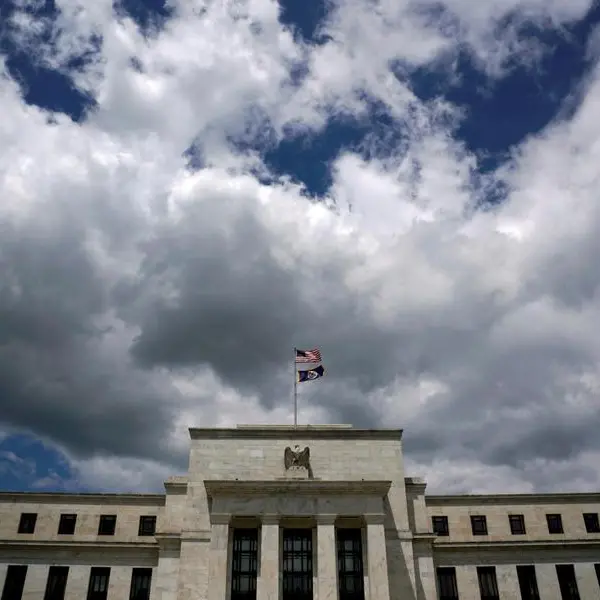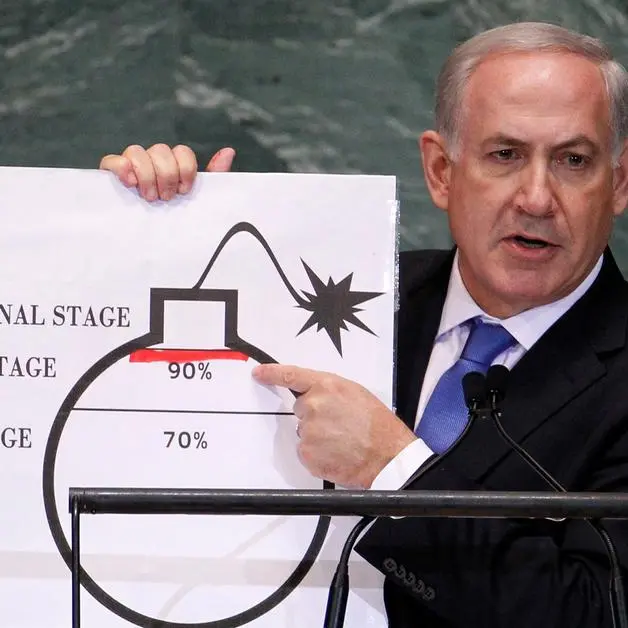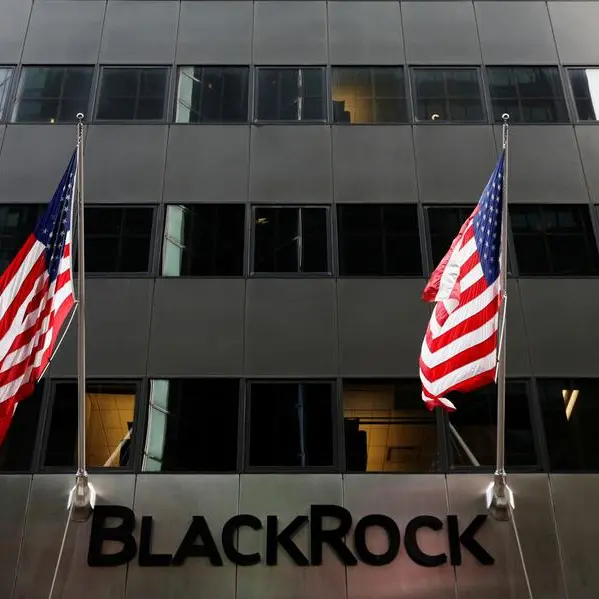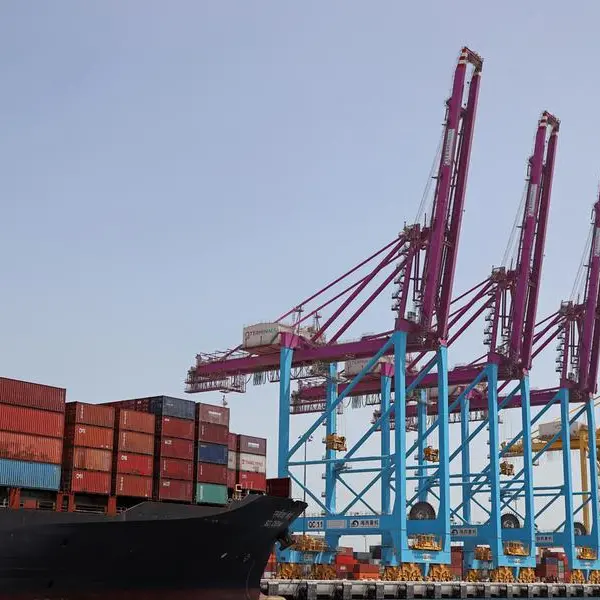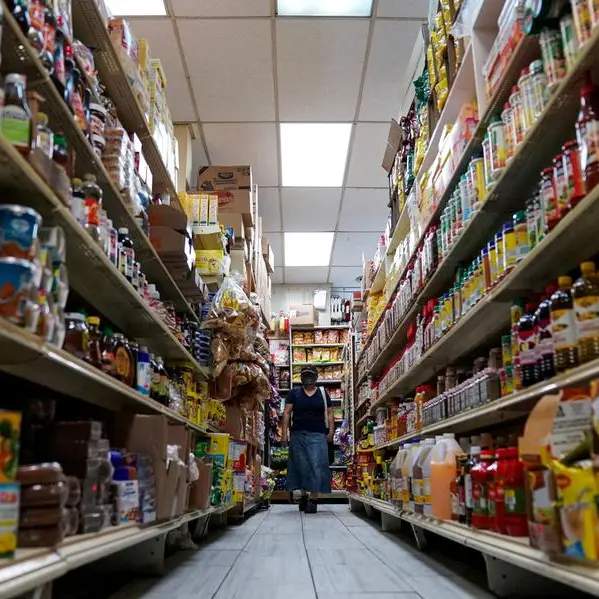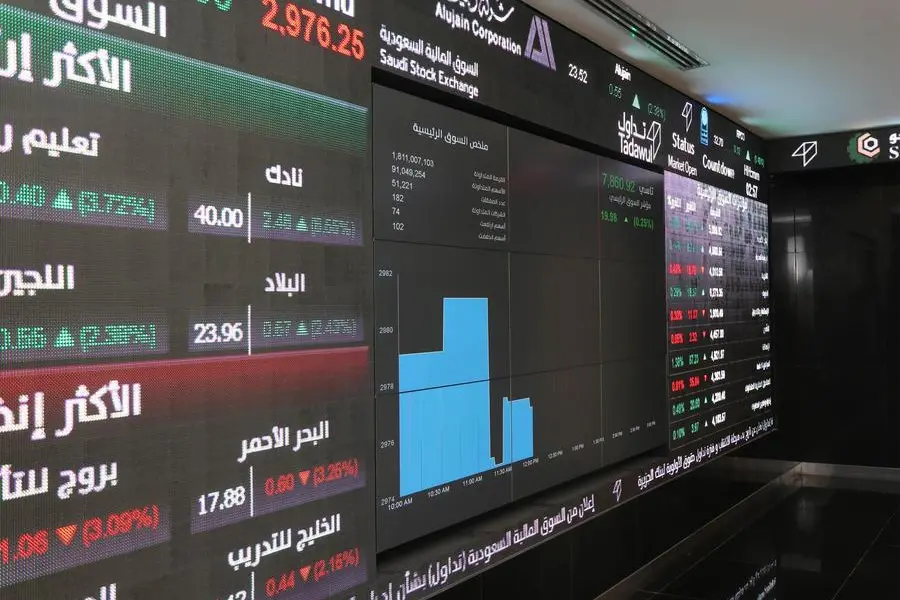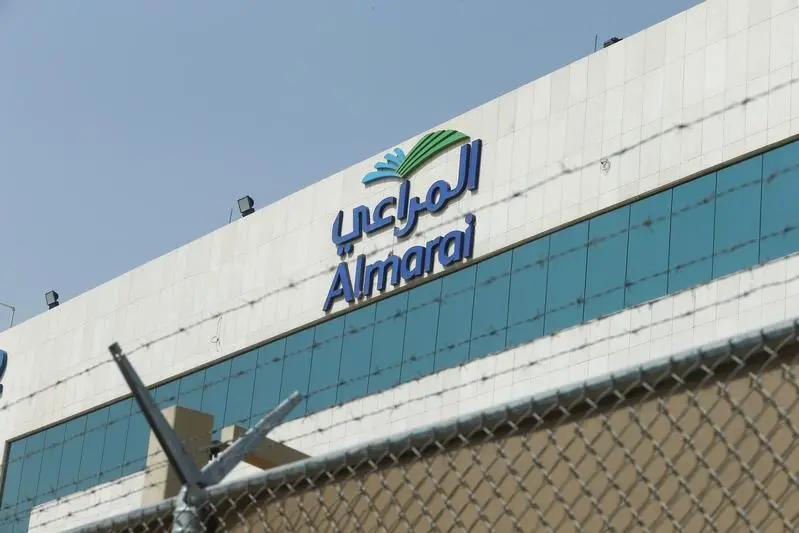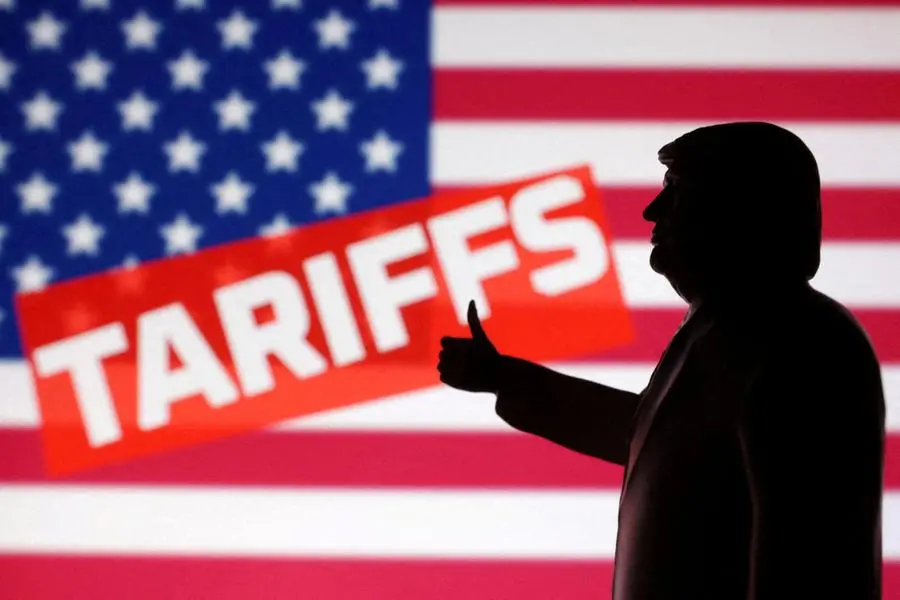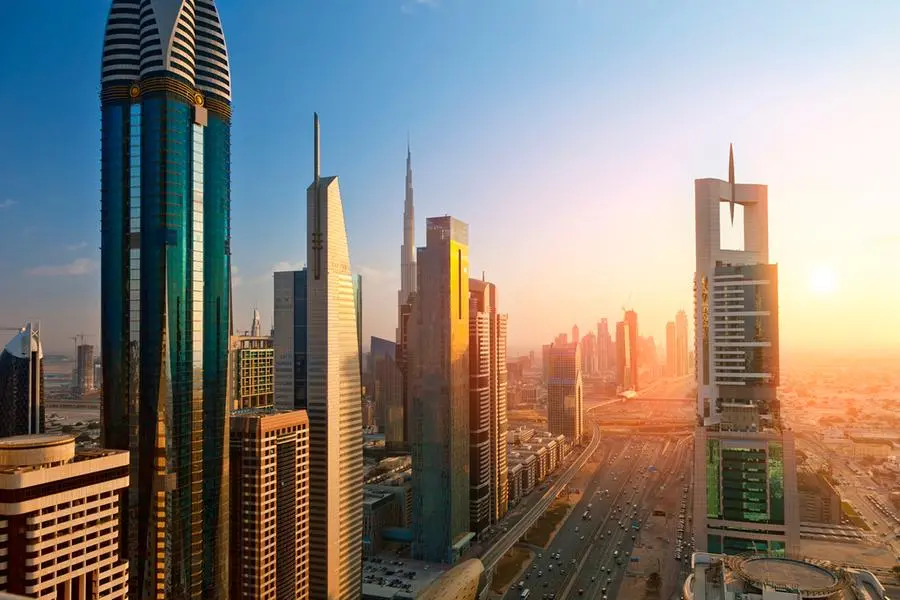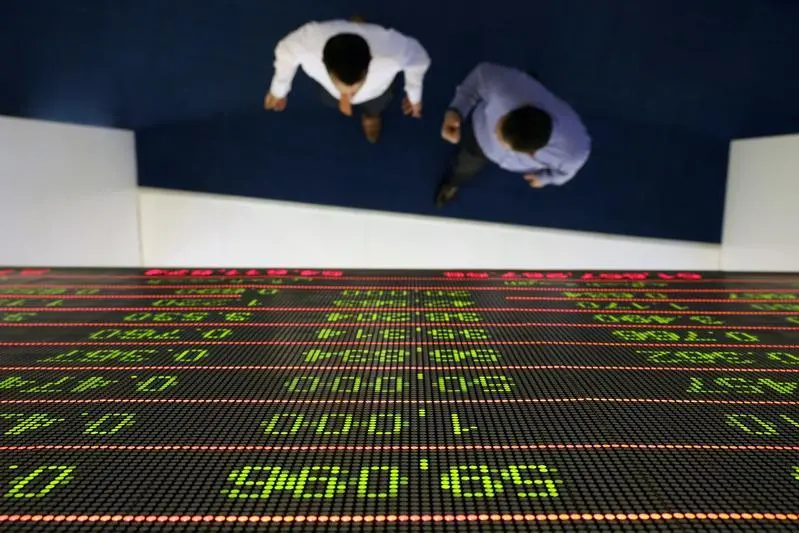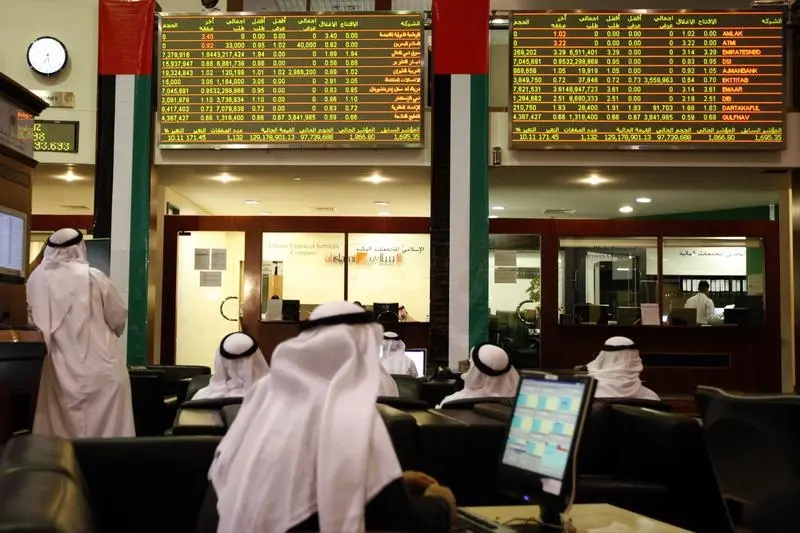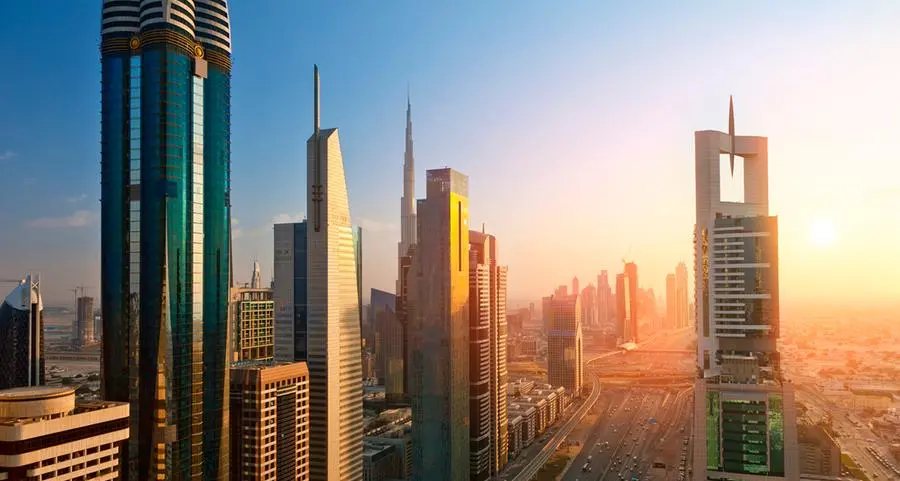PHOTO
US Commerce Secretary Gina Raimondo speaks during a press conference at the Boeing Shanghai Aviation Service Co., in Shanghai on August 30, 2023. (Photo by Andy Wong / POOL / AFP)
The United States unveiled Monday a list of 31 tech hubs that it will create as part of the vast investment scheme that President Joe Biden hopes will help him win reelection.
Commerce Secretary Gina Raimondo said these centers will create jobs and boost both national security and the economy.
These investments, she said, "further underpin our ability to compete, and frankly, outcompete the rest of the world."
The hubs were chosen from among 400 candidates and will now compete for grants of as much as $75 million.
They were created under the Chips and Science Act, a law passed last year that freed up $52 billion in subsidies to stimulate US semiconductor production in America.
These components that are essential in many industries including automobiles, electronics and defense are made mainly in Asia. And the Biden administration has made the building of US chip factories one of its priorities.
Several tech hubs will focus on semiconductors, such as one called the Texoma Semiconductor Tech Hub, in Texas and Oklahoma.
"Entrepreneurs will be able to try new semiconductor designs, while ensuring workers from diverse backgrounds have access to get those jobs," Raimondo said.
"We've lost our edge in semiconductor manufacturing, and investments in earlier stage R&D like this in Texas and Oklahoma will allow us to regain our edge (and) continue to lead," she added.
Located across 32 states and Puerto Rico, these tech hubs will specialize in such fields as the transition to clean energy, biotechnology and quantum computing.
"There are places in America like San Francisco, Southern California, Boston, etc. that are de facto tech hubs and they've been the driving force behind so much of our innovation and prosperity," the secretary said.
But "they don't reflect the full potential of our country," Raimondo said.
"America has so much more to offer. And those markets, Silicon Valley and such, they don't corner the market on great ideas," she said.
As he runs for another term, Biden is plugging "Bidenomics" -- a vast investment strategy that revolves around bringing back manufacturing after decades of offshoring and the hollowing out of industrial towns.
